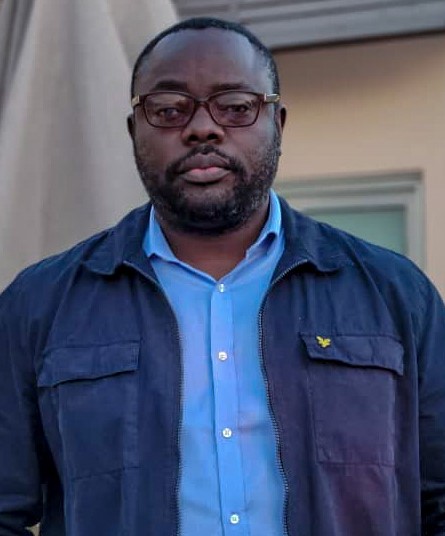Energy access in Africa remains one of the continent’s major challenges.
With soaring commodity prices across sub-Saharan Africa, leaders remain most concerned about energy shortages and the price of fuel at the pump.
Health facilities appear to have largely been consigned to the back burner, despite millions of lives still being put at risk because of a lack of access to electricity.
It plays a huge part in our everyday lives. Whether it is at home, school, the local shopping center, or our workplaces.
Daily routines almost wholly revolve around the use of this commodity.
Yet, despite its centrality to our core functions, it seems inconceivable that an estimated one in two healthcare facilities in sub-Saharan Africa has no electricity, potentially risking the lives of over 1.4 billion people.
This begs the question; How can sub-Saharan African countries extricate themselves from this difficult position?

Power-Up
PACJA is part of the African energy access campaign Power Up trying to help solve this conundrum.
As a starting point, it would be helpful to look at the observations of Francis S. Collins, the American physician-geneticist who discovered the genes associated with a number of diseases.
Examining the growing importance of health to economies, he found that there is a well-understood correlation that as the economy of a country improves, so does the health of its citizens.
Regrettably, most of the energy infrastructure projects in sub-Saharan African countries focus on driving the manufacturing sector and lighting homes with little focus on healthcare facilities.
He went on to say that improving a nation’s health can directly lead to economic growth because there will be more people within the workforce.
Regrettably, most of the energy infrastructure projects in sub-Saharan African countries focus on driving the manufacturing sector and lighting homes with little focus on healthcare facilities.
Whether this is by default is a matter of conjecture. Of utmost importance is how individual sub-Saharan countries can pool their ideas and resources to power these life-saving health facilities. One area that is yet to be fully exploited is the use of clean, renewable, and affordable energy, especially solar.
It’s the most abundant of all energy resources in Africa and can even be harnessed in cloudy conditions.
Solar Energy
The case for solar energy to power sub-Saharan Africa’s health facilities is even more urgent given the impacts climate change is already having.
Though Africa only contributes four percent of global greenhouse gas emissions, the continent is at the most risk from climate change-related extreme weather events.
Severe droughts are drying out rivers, which are a key source of hydro-power production.
There is growing concern that in countries such as Malawi and Zambia, where hydropower accounts for over 75 percent of installed electricity, that many new hydropower projects are being located in areas of high rainfall variability, which will be further intensified by climate change, leaving them vulnerable to drought.
These new dams could put the security of supply at risk.
The World Bank estimates that about $1 billion per year is needed up to 2030 to electrify sub-Saharan Africa’s health clinics.
With competing development interests for scarce financial resources, making use of solar power is the best, low-carbon, option.
Many experts also agree that distributed generation, primarily powered by solar photovoltaic systems, is the most cost-effective and fastest solution to connect electricity to healthcare facilities.
One way of alleviating the funding problem is through the adoption of a renewable energy public-privatecollaboration financing model.
Sub-Saharan African countries should take advantage of the expertise of several international solar companies willing to distribute solar generation projects for competitive tendering to private energy services distributors.
This model could be replicated where energy access and reliability are of acute concern.
There is also a growing narrative, championed by the World Bank and the UN Sustainable Energy for All programme, that Africa’s public healthcare facility development should be driven by the private sector in order to provide electricity to rural and semi-urban clinics without reliable power supplies.
Energy funding
Hospitals in urban areas which, though connected to the grid, suffer constant supply interruptions are also in desperate need of investment.
The implications, in terms of costs and affordability for health services, especially for those in rural areas, and ensuring hospitals can pay their energy bills, must be taken into consideration when considering this finance mechanism.
In both these instances though, care must be taken to avoid a situation similar to one involving international relief agencies were fully funded multi-million-dollar solar generation installations for healthcare facilities were left in the hands of public facility managers.
Reports suggest there was confusion over how to apply for funding or how to train people to operate and maintain the new infrastructure.
This has resulted in poorly maintained solar systems, with many falling into disuse and the public perceiving that solar technology is, therefore, unreliable.
With the finance in place and careful planning, we can meet the continent’s health and energy access needs using clean and affordable energy, but action must be taken immediately.
Eugene N Nforngwa is the Thematic Lead on Energy, Pan African Climate Justice Alliance (PACJA)
